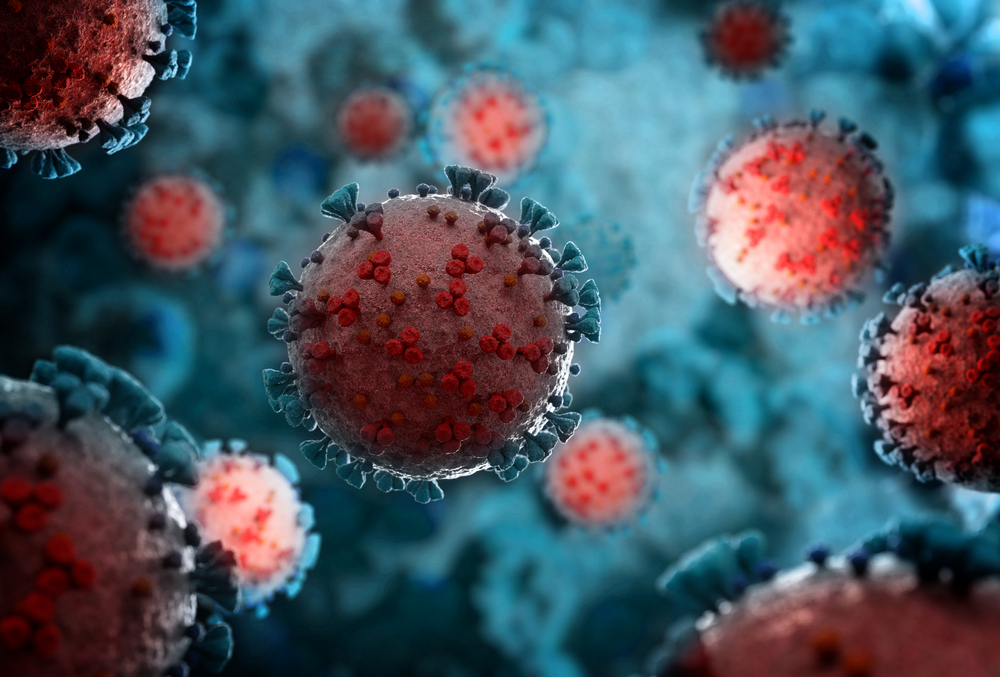
The Department of Homeland Security (DHS) Science and Technology Directorate (S&T) released this week a predictive modeling tool intended to chart the downfall of COVID-19 under natural conditions.
Specifically, the tool tracks the natural decay of SARS-CoV-2 — the virus that causes COVID-19 — under varying temperatures and humidity. In this way, researchers hope to lend some perspective on the environmental endurance of the virus. The S&T has shown the virus can survive in droplets on saliva on surfaces for extended periods.
“While researchers across the federal government and the medical community continue to study COVID-19, preventing the spread of the virus is a top priority,” said William Bryan, DHS Senior Official Performing the Duties of the Under Secretary for Science and Technology. “Transmission occurs primarily through respiratory droplets produced by talking, coughing, and sneezing. If these droplets settle on surfaces or objects, contact with those contaminated surfaces may also be a factor in spreading the virus.”
The predictive model estimates virus decay under a limited range of indoor conditions — in this case, between 70 to 95 degrees Fahrenheit and relative humidity from 20 to 60 percent. Elements such as exposure to solar light have no bearing on the model. However, the S&T intends to enhance it to provide additional data for additional environments, such as expanded temperature and humidity ranges, differing surfaces, and droplets in the air vs. on surfaces.




